
Which of the following do not exhibit geometrical isomerism (Cis-trans)
(A)
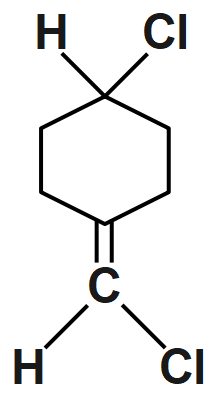
(B) $C{{H}_{3}}CH=CC{{l}_{2}}$
(C)
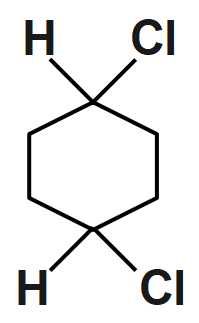
(D)
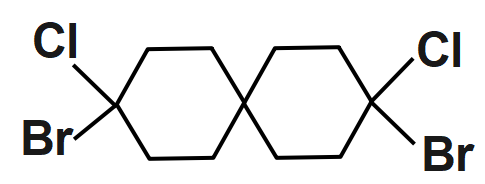



Answer
525k+ views
Hint: Those compounds on which same groups are attached to the one carbon atom of the two double bonded carbon atoms don’t show geometrical isomerism or cis-trans isomerism.
Complete step by step solution:
Geometrical isomerism is a kind of configuration isomerism in which different configuration of groups takes place & in other term it is also known as cis or trans isomerism.
An option (A) compound is given and it doesn’t show geometrical isomerism because they have the same groups attached to the one of the double bonded carbon atoms. So, it is not able to show cis & trans isomer.
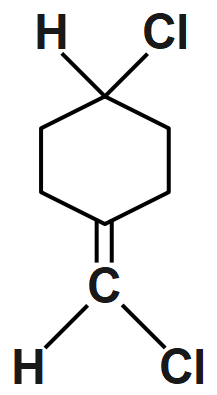
In option (B) compound is given and it doesn’t show geometrical isomerism because they have the same groups attached to the one of the double bonded carbon atoms. So, it is not able to show cis & trans isomer. $C{{H}_{3}}CH=CC{{l}_{2}}$.
An option (C) compound is given and it shows geometrical isomerism because they have different groups attached to the double bonded carbon atoms. Structure of cis & trans isomer of this compound.

An option (D) compound is given and it doesn’t show geometrical isomerism because they have the same groups attached to the one of the double bonded carbon atoms. So, it is not able to show cis & trans isomer.
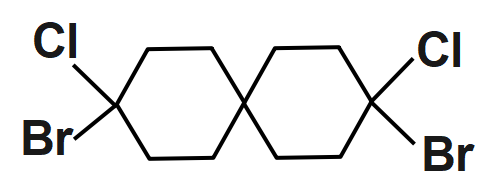
Therefore option A, B and D do not exhibit geometrical isomerism (Cis-trans).
Note:
Here in the option (B) some of you may think that this will not show geometrical isomerism because they have all four groups are different but this is not true because these groups also show cis & trans form on the basis of provided sequence to the attached groups.
Complete step by step solution:
Geometrical isomerism is a kind of configuration isomerism in which different configuration of groups takes place & in other term it is also known as cis or trans isomerism.
An option (A) compound is given and it doesn’t show geometrical isomerism because they have the same groups attached to the one of the double bonded carbon atoms. So, it is not able to show cis & trans isomer.

In option (B) compound is given and it doesn’t show geometrical isomerism because they have the same groups attached to the one of the double bonded carbon atoms. So, it is not able to show cis & trans isomer. $C{{H}_{3}}CH=CC{{l}_{2}}$.
An option (C) compound is given and it shows geometrical isomerism because they have different groups attached to the double bonded carbon atoms. Structure of cis & trans isomer of this compound.

An option (D) compound is given and it doesn’t show geometrical isomerism because they have the same groups attached to the one of the double bonded carbon atoms. So, it is not able to show cis & trans isomer.

Therefore option A, B and D do not exhibit geometrical isomerism (Cis-trans).
Note:
Here in the option (B) some of you may think that this will not show geometrical isomerism because they have all four groups are different but this is not true because these groups also show cis & trans form on the basis of provided sequence to the attached groups.
Recently Updated Pages
Master Class 12 Business Studies: Engaging Questions & Answers for Success

Master Class 12 Economics: Engaging Questions & Answers for Success

Master Class 12 English: Engaging Questions & Answers for Success

Master Class 12 Maths: Engaging Questions & Answers for Success

Master Class 12 Social Science: Engaging Questions & Answers for Success

Master Class 12 Chemistry: Engaging Questions & Answers for Success

Trending doubts
What are the major means of transport Explain each class 12 social science CBSE

Which are the Top 10 Largest Countries of the World?

Draw a labelled sketch of the human eye class 12 physics CBSE

Explain sex determination in humans with line diag class 12 biology CBSE

The pH of the pancreatic juice is A 64 B 86 C 120 D class 12 biology CBSE

Explain sex determination in humans with the help of class 12 biology CBSE




